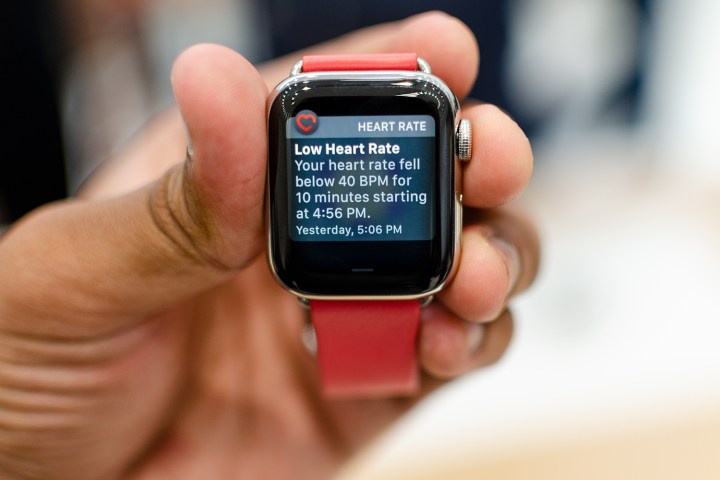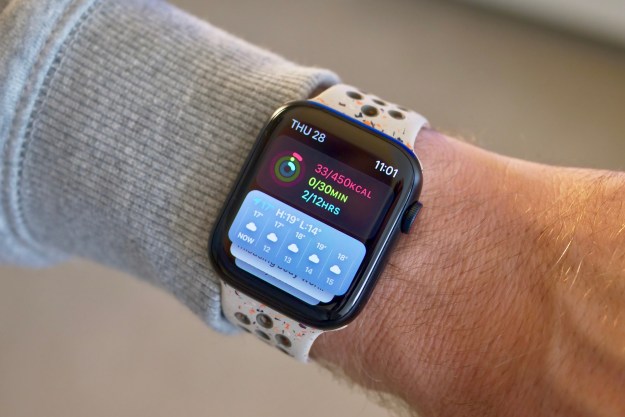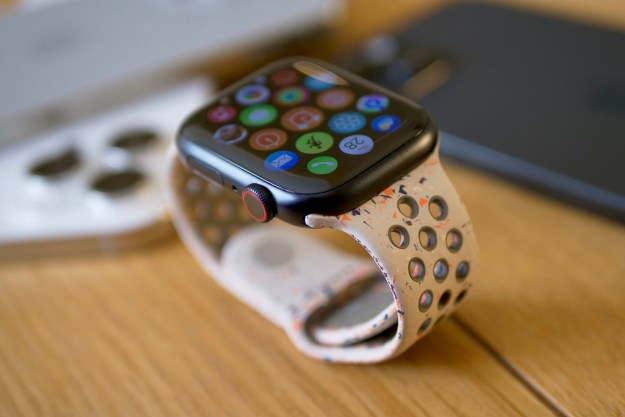
Bought a new smartwatch in the last year? You’re not alone. According to the NPD Group, a U.S.-based market research organization, smartwatch sales in the U.S. rose hugely in the year from November 2017 to November 2018, with Apple playing a prominent role in that growth.
In year-on-year performance, the overall value of smartwatch sales in dollars rose by 51 percent, adding up to nearly $5 billion. Unit sales (the pure number of smartwatches sold) rose by 61 percent year-on-year. As you might expect, Apple played a huge role in that growth, and it’s likely the release of the stellar Apple Watch Series 4 and subsequent price drops on older Apple Watches spurred a certain amount of that growth.
But according to the report, Apple’s not alone. The top three brands in the space — Apple, Samsung, and Fitbit — made up a whopping 88 percent of total smartwatch unit sales during that time. It’s not all she wrote for other watch brands though, as the NPD’s report notes more traditional watch brands like Fossil and fitness brands like Garmin also continue to grow their market share.

The successful implementation of LTE connections in smartwatches is pointed to as one of the major reasons smartwatches have seen so much growth over the last year. “The ability to be truly connected via built-in LTE without the need to have a smartphone nearby proved to be a tipping point for consumers,” said Weston Henderek, director, industry analyst for NPD Connected Intelligence. “They now recognize the value in being able to complete a wide range of tasks on the device including receiving notifications, messaging, accessing smart home controls, and more.”
Surprising absolutely no-one, the 18-34 age demographic is key in smartwatch growth, and that age range now exhibits a 23-percent penetration. However, a full 16 percent of U.S. adults now apparently own a smartwatch, up from 12 percent in December 2017. A report on watch sales from the NPD also shows smartwatches now have a 50/50 sales split with traditional watches, and that smartwatch sales fueled the growth of overall watch sales in 2018, being responsible for an incredible 98 percent of watch sale growth in the last year.
With Apple and other manufacturers adding more features to help monitor health and fitness, and control smart home devices, it’s likely we’ll see these numbers continue to rise in the near term.
Editors' Recommendations
- I keep forgetting about the Apple Watch Series 9’s coolest feature
- Nomad’s new iPhone case and Apple Watch band may be its coolest yet
- I wore a smartwatch that’s unlike any you’ve seen before
- Apple may stop updating one of its best Apple Watches this year
- The OnePlus Watch 2 is the Wear OS smartwatch I’ve been waiting for


